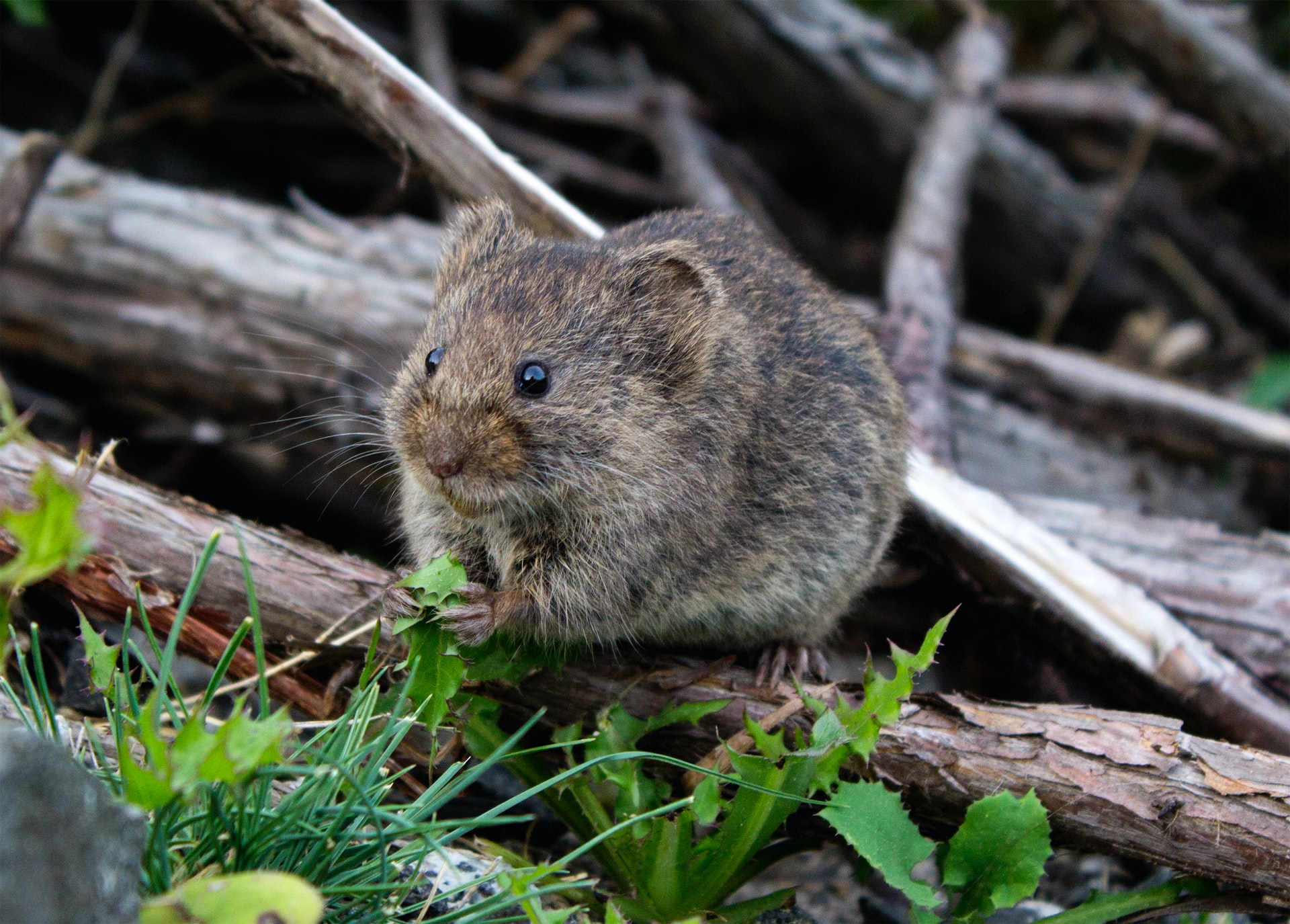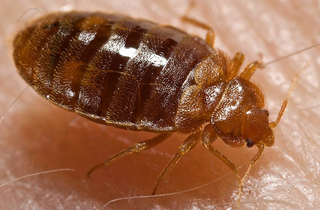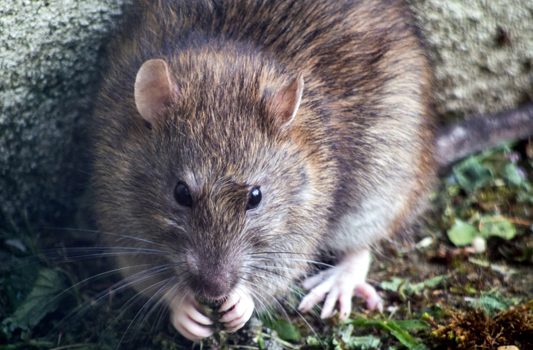Mouse Exterminator Edmonton - Mice Dead!
Are you looking for more info about Mouse Exterminator Edmonton?
Want to know more about Mouse Exterminator Edmonton?
You are in the right place when it comes to Expert Mouse Exterminator Edmonton Prices...
Mouse Exterminator Edmonton
Affordable Mouse Exterminator Edmonton
Learn More About Mouse Exterminator Edmonton Price
Call Now for the Best Mouse Exterminator Edmonton with Affordable rates. Call 587-805-3323
Mouse Exterminator Edmonton Quote
Looking for Mouse Exterminator Edmonton Experts?
Perhaps You Are Searching Everywhere For...
- Best Mouse Exterminator Edmonton
- Affordable Mouse Exterminator Edmonton
- Mouse Exterminator Edmonton Price
- Mouse Exterminator Edmonton Quote
- Expert Mouse Exterminator Edmonton
Your Search is Over!

Mouse Exterminator Edmonton FAQ

Mouse Exterminator Edmonton
QUESTIONS ANSWERED...
What is Mouse Extermination?
Answer...
Mouse Extermination is controlling Mice by either chemical, mechanical or changing the environmental means. Much of a mouse problem can be eliminated with good sanitation practices. Clean up any spilled crumbs of food and keep food and stored clothes or bedding in mouse-proof containers. Mouse proofing, trapping, glueboards and bait are the best ways to exterminate mice.

What's the best Edmonton Mouse Extermination?
Answer...
Our experience in Edmonton Mouse Extermination shows us that the use of bait is the most effective way to exterminate Mice. The baits we use are anti-coagulants and only require a single feed. Bait for exterminating mice available for retail sale require multiple feeds before the mouse could die and have a much lower success rate.
Learn More About Mouse Exterminator Edmonton
Affordable Mouse Exterminator Edmonton TIPS...
Tips for Exterminating Mice In and Around Your Home
Art Berube in Mouse Exterminator Edmonton
Mice are prolific breeders. The female house mouse is ready to mate when about 35 days old. After 19 days of gestation, 5 to 8 young are born. These are blind and naked and are weaned in about 3 weeks at which time they leave their mother. The mother is capable of breeding again in 3 to 6 weeks after bearing a litter. She will usually average 6 to 8 litters of young per year. One female can produce about 44 young per year. House mice live about one year. Populations will continue to increase as long as food is available.
Mice prefer to feed at night and are most active in the evening. If your lighting is continuous, they will be active during the quietest times of the day. Mouse activity during the day can indicate 2 things. It could be an indication that the mouse extermination methods are working or it might be an indication of a very heavy infestation.
Signs of mice
The presence of mice can be determined from evidence like:
- droppings
- footprints or tail streaks on dusty surfaces
- gnaw marks on structural or stored material
- gnawing and scurrying sounds in walls and ceilings
- nests of fine shredded fibrous materials
- visual sightings of the pest.
Mouse Extermination Mistake #1 - Too Much Bait
When setting a trap to exterminate mice, a pea-size amount is all that is needed. Often we see traps with spoonfuls of bait on the trap and the mice eat the bait without setting off the trap.
Mouse Extermination Mistake #2 - Wrong Bait
Unless you live in a cartoon world, mice do not prefer cheese. If you want to exterminate your mice, choose what they really prefer. Mice are primarily nut and seed eaters and nut butter attracts them best. Their hunger for calories will even entice them to try chocolate.
Mouse Extermination Mistake #3 - Ruining the Bait
When setting traps or baiting for mice, mice can detect your scent. Wear gloves when placing and baiting to exterminate mice and also be sure to wear gloves when you have caught mice to dispose of them.
Mouse Extermination Mistake #4 - Wrong Placement
Setting the traps or bait in the wrong location is a mistake we often see. Mice prefer to scurry around the perimeter of the room with their whiskers guiding them along the wall. To exterminate mice, place the traps or bait along the wall where they will most likely travel.
Mouse Extermination Mistake #5 - Too Few
When trying to exterminate mice in your home, it's best to use more bait or mouse traps. Mice reproduce at an alarming rate and if you've seen one, there are probably many more. Multi catch traps are often more successful than single catch.
Mouse Extermination Mistake #6 - Starting Slow
We have found that when trying to exterminate mice, the first night gets the most activity. Don't just set out one trap or bait station. Start your mouse extermination program out with a bang. Use every tool you have, place all the traps and bait stations you have at the right locations.
Mouse Extermination Mistake #7 - Glue Traps
Glue Traps or glue boards can work excellent for exterminating mice when used properly. Place the glue traps along the wall and in similar locations that you would use other traps or bait. Locations along walls or baseboards where mouse droppings are seen would make excellent locations for glue boards.
Pet Friendly, Non-Toxic Bed Bug Pest Exterminators Edmonton
Our experience with Bed Bug Extermination in Edmonton shows us that the use of natural bio-pesticides is the most effective way to Control Bed Bugs. The bio-pesticide is applied strategically in bands where the bed bugs are known to walk and direct spray contact is not necessary. Bed Bugs of every stage or sex are killed within 4 to 10 days of initial short-term contact with treated surfaces.
Edmonton Bed Bug exterminator professionals can help. If you think you have Bed Bugs, call Bed Bug Exterminator Edmonton now 587-805-DEAD (3323) for a free assesment and treatment procedure information.
What we will do for you!
1. Bed bug inspection
A certified Pest Control Guru specialist will perform a thorough inspection of your property, looking for evidence of bed bug activity and potential risk areas.
2. Bed bug removal
If we find a bed bug infestation, Pest Control Guru will customize a treatment plan from our comprehensive suite of solutions, specific to your needs.
3. Guaranteed protection
Pest Control Guru offers a 90-day bed bug extermination warranty; monthly follow-up visits to ensure we fully resolved your bed bug problem.
Bed Bug Identification
The first step of successful Bed Bug control or Bed Bug Extermination is the Identification of the Bed Bugs. Adult bedbugs have flattened, broad, oval bodies, about 4-5 mm long. They are reddish-brown in colour, wingless, with four-segmented antennae. A three-segmented beak containing piercing-sucking mouthparts is found under the head and projects backward between the front legs.
As bedbugs feed on blood from birds and mammals their bodies enlarge and turn red. Bedbugs undergo gradual metamorphosis; have up to 4 generations per year laying 2-4 eggs at a time in cracks and crevasses and on furniture. Eggs hatch in 6 - 17 days. The nymphs go through 5 moults, each stage requiring a blood meal. They reach adulthood within two months at warm temperatures. Adults may live for several months without food.
Although bedbugs have not been shown to transmit disease, Bed Bug Treatment is required as the infestation grows and their bite can be painful. People bitten by bed bugs react differently. Up to 60% of people show no apparent effect from the bite. Others suffer a marked irritation and swelling in the vicinity of the bite. In addition, the psychological effects of bedbugs are disturbing to most people, some even suffering significant trauma for months following an outbreak.
Bedbugs also emit a disagreeable odour. If a room is heavily infested, there will usually be a strong characteristic odor that results from an oily, odorous material secreted by the bed bugs.
Bed Bug treatment or control can be very difficult especially in multi-family housing structures, apartments and in motels/hotels. In these environments, high rates of resident turnover, ease of bed bug dispersal between units can contribute to the presence and spread of bedbugs. In some cases, communication barriers such as literacy and language limitations may also all contribute to chronic infestations.
Education is a very important component of an IPM program to control bedbugs. Clients need to be able to identify pests early in an infestation and to avoid behaviors and practices likely to lead to pest infestations; this is especially true when considering bed bugs in Multi-family housing units. The Pest Management Regulatory Agency Bed Bug Factsheet can be used to help educate clients and residents of dwellings needing bedbug control.


Bed Bug Monitoring
Monitoring for bed bugs is important to know what will work best to control or exterminate them. Under normal conditions, bed bugs feed at night. Their flat bodies allow them to hide in cracks in beds, bedside furniture, dressers, wallboards, door and window frames, behind pictures, under loose wallpaper, and in rooms near host sleeping areas.
After feeding on the blood of a human, they will defecate, and this will appear as small black spots and will be found near their hiding place. It is important to look for these spots as indicators of bedbug presence.
The bedroom is usually the center of infestation. All dark cracks and crevices are potential harbourage areas. If a bed bug infestation is suspected the following areas should be inspected: -> bed creases, crevices and seams, bed fame joints and areas where steel rods join any wooden portions of the structure, curtain folds, any chesterfields or chairs in the bedroom, pictures, lights, light switches, plugins, radiators, plush animals in bedroom, suitcases in bedroom, and any camping, sleeping equipment used by the resident,
Since bedbugs require a blood meal at each moult, they will establish themselves primarily on or near beds or chairs where people rest. They will travel up to 6m (20 ft.) or more from an established harbourage to find a blood meal. Upholstered chairs, mattresses, bed frames and adjacent potential harbourage sites such as behind baseboards, in cracks and crevices, in electrical outlets, under loose carpet, etc. should be checked for bedbug infestations. Bed bugs are primarily transferred to un-infested areas on clothing, bedding, luggage and furniture.
If infestations recur after treatment, some harborage areas were likely missed or it is possible that the structure is being re-infested. A thorough re-inspection should determine which is occurring and the management plan should be revised to include all new harbourage sites.
Ongoing monitoring for continuous use dwellings should be conducted to check for re-infestations (e.g., in motels, apartments etc.). In these types of structures, a detailed record keeping approach including harbourage sites, pesticide use and application methods as well as non-chemical approaches will all help minimize the time required to monitor for pests and ideally help prevent pests from becoming established.
CONTACT Mouse Exterminator Edmonton
Mouse Exterminator Edmonton
9420 111 Ave Nw
Edmonton Alberta T5G 0A4
Call Now for the Best Mouse Exterminator Edmonton with Affordable rates.
